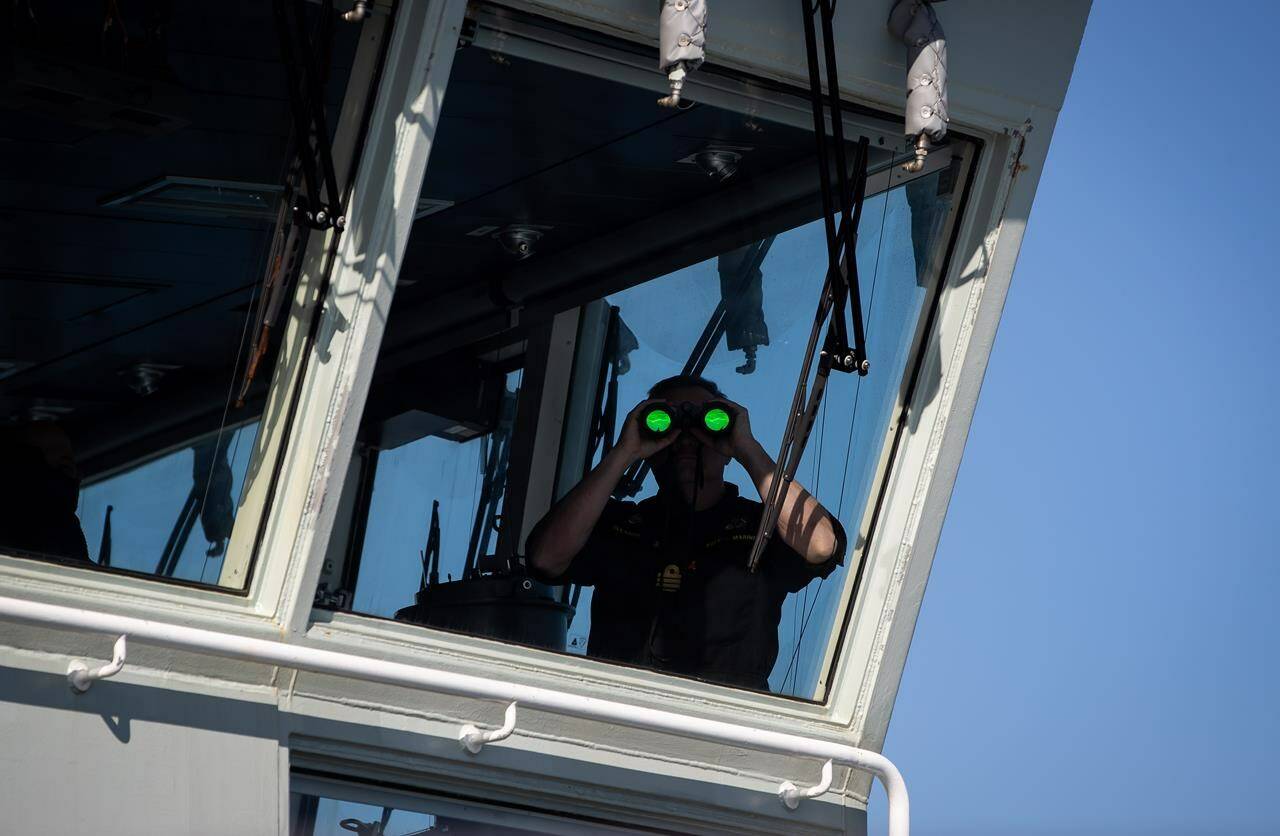A senior Canadian military official says Russia has started sending long-range bombers back across the Arctic toward North America following a pause during the early months of its war in Ukraine.
Norad deputy commander Lt.-Gen. Alain Pelletier says Russian submarines are also operating off both coasts as the country seeks to demonstrate its ability to strike Canada and the United States.
Pelletier made the comments this evening while appearing before the Senate defence committee, which is studying the military’s ability to defend Canada’s Arctic.
The committee also heard that Canada and the U.S. have started to work on upgrading Norad, the shared early-warning system that comprises North America’s first line of defence against a foreign attack by air.
The Liberal government announced in June that Canada will invest $4.9 billion over six years and $40 billion over the next 20 years to modernize the system.
Yet officials also say that the system currently has gaps that will need to be addressed, including the ability to detect and track hypersonic and cruise missiles.
Defence Department official Jonathan Quinn says Canada and the U.S. will be forced to rely on the threat of retaliation to prevent such attacks until they can be detected and stopped.
RELATED: Trudeau, Anand meet with Norad commanders, U.S. defense secretary en route to L.A.

